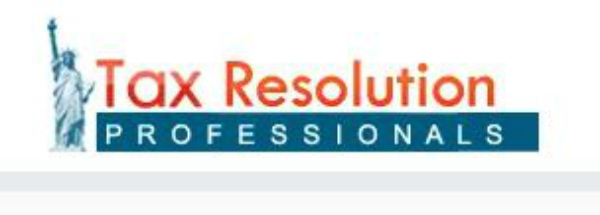Whether your tax debt with the IRS is a recent accumulation or you have several years of back taxes building up, it’s never a comfortable situation to find yourself in. It’s time to take action towards an IRS tax debt settlement, but where do you begin? One common misperception among taxpayers is that they need to rush out and hire a tax attorney. The streamlined process of the IRS Fresh Start Initiative makes taking care of your tax debt a simple process. Often times taxpayers are able to secure an IRS tax debt settlement without the aid of a tax attorney at all, especially if your debt is less than $50,000. Continue reading below as we discuss the current options that the IRS provides.
Current Options For IRS Tax Debt Settlement
While some tax websites may claim a variety of different methods for IRS tax debt settlement, an Offer In Compromise is the only true IRS Tax Debt Settlement. There are other options that you have and we will mention them here as well.. Your third option is always available, and that is to pay your debt in full. Other programs like Innocent Spouse Relief & First Time Penalty Abatement may help you too. Here are the most common ways of dealing with an IRS Tax Debt
- Offer In Compromise – An actual IRS tax debt settlement.
- Currently Not Collectible Status – A roundabout way that sometimes results in a settlement-like figure, or better.
- Payment Plan – You pay it off in payments. This sometimes results in a settlement-like option, explained below.
- Pay Your Tax Debt In Full – If you have the assets and income to do it, often it is the best option.
Below we will go through the options in detail.
IRS Tax Debt Settlement With An Offer In Compromise
Before you consider applying for anything else with the IRS, find out if you meet the conditions to qualify for an Offer In Compromise. There is more than one type of Offer In Compromise that you may qualify for. Learn more in our article about Types of Offer In Compromise to find out if one might apply to your situation.
Tax Resolution Professionals provide a substantial amount of information on the IRS Offer In Compromise. There is a discussion on questions like, “Is it best to file for Bankruptcy or an Offer In Compromise?”
Access our guide to Offer In Compromise acceptance, find out how long the process typically takes, how IRS Tax Debt Settlement calculations work, and more on our Tax Help Guide Page.
Currently Not Collectible Status – Potential Backwards IRS Tax Debt Settlement
Currently Not Collectible Status is the result of proving you are in financial hardship. The IRS reviews your financial information. If it shows no ability to pay, then the IRS puts your case in a $0 payment plan. Tax debts don’t last forever. Most debts will expire ten years after the date of assessment. The expiration date is often referred to as the CSED date. Currently, Not Collectible Status does not always last forever. The IRS may ask for new financial information in the future in order to see if you can start paying. If it stays in status and the debts expire you are free and clear. IRS lien withdrawals are possible in most OIC cases and expired debts will only get a release. Withdrawals are better for your credit score.
Payment Plan – Or Partial Pay If You Are Lucky
Through the IRS Fresh Start Initiative, individual taxpayers who owe less than $50,000 can have their balance spread out over 72 months without a tax lien being filed. Be sure to check our IRS Payment Plan Guide, as it goes through all the payment plan options available at different balance thresholds. The guide has recommendations for those who are struggling to pay. It also has instructions for steps after you finish your payment plan.
A Partial Pay installment agreement is when the amount it is determined you can pay will not pay off the tax balance in full before it expires. This also will result in the inability to withdraw liens that expired.
Example: You owe $100,000 for Tax Year 2007 and it was assessed on 2/28/2009. The debts will expire on 2/28/2019. You set up a payment plan on 3/28/2018 for $100 per month. You will pay a total of $1,100 on the debt, as it will expire before you pay it off.
Paying In Full Your IRS Debt
This method is preferred by the IRS. that IRS prefers and it can save you money in fines and interest if you can are stuck paying it all back anyway.
You might consider securing a loan. You may find that you can get a credit rate that’s lower than what the IRS will charge you. The answers to these questions are up to each individual taxpayer. Visit the IRS website for a complete list of all the payment methods that the IRS accepts. See our guide on the easiest ways to pay the IRS and checkup if you qualify for first-time penalty abatement or other penalty abatements and apply to get some money back once you pay it.
Final Thoughts
An Offer In Compromise is the best IRS tax debt settlement option in almost all cases. Sometimes Currently Not Collectible status can be better, but you won’t get liens withdrawn. Whether you qualify for an Offer In Compromise, need to set up a Payment Plan, or simply want to pay your tax debt in full, our expert tax attorneys can get you the best result.
If you owe more than $20,000 and need help, don’t hesitate to visit our tax help contact page or call us at (888) 515-4829. If you are unable to afford help or owe less than $20,000, see our Tax Help Guide for ways to resolve your case yourself.


